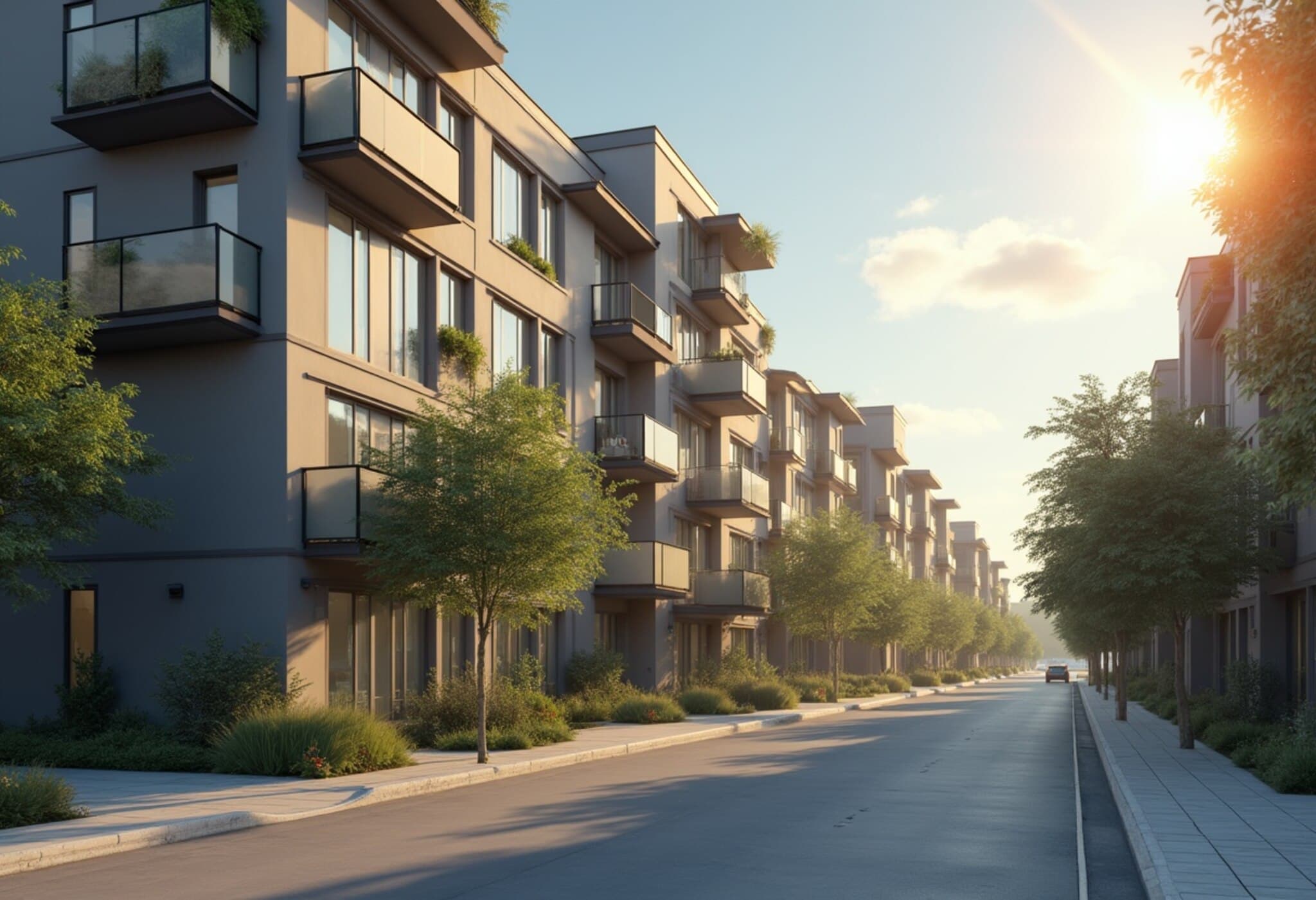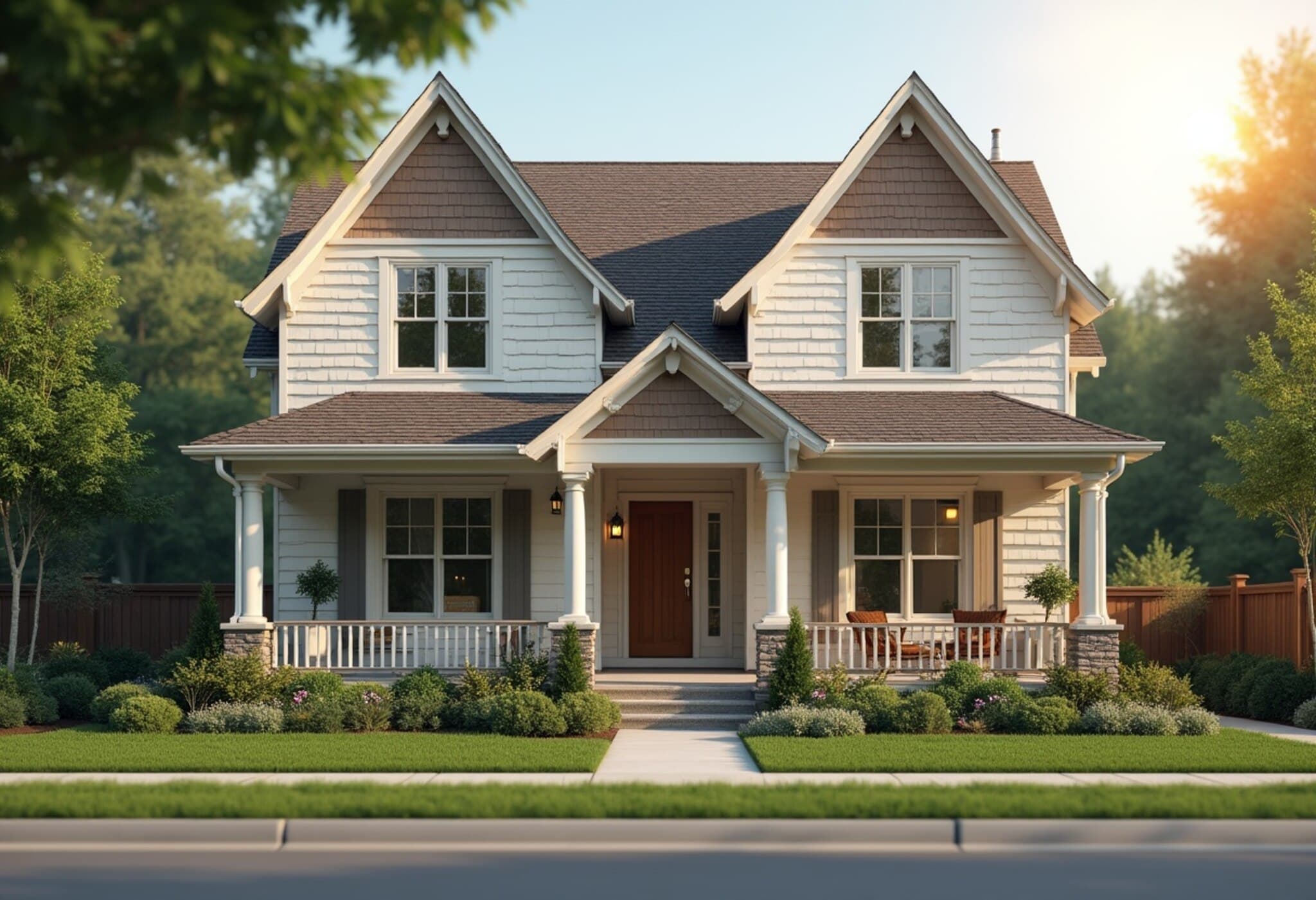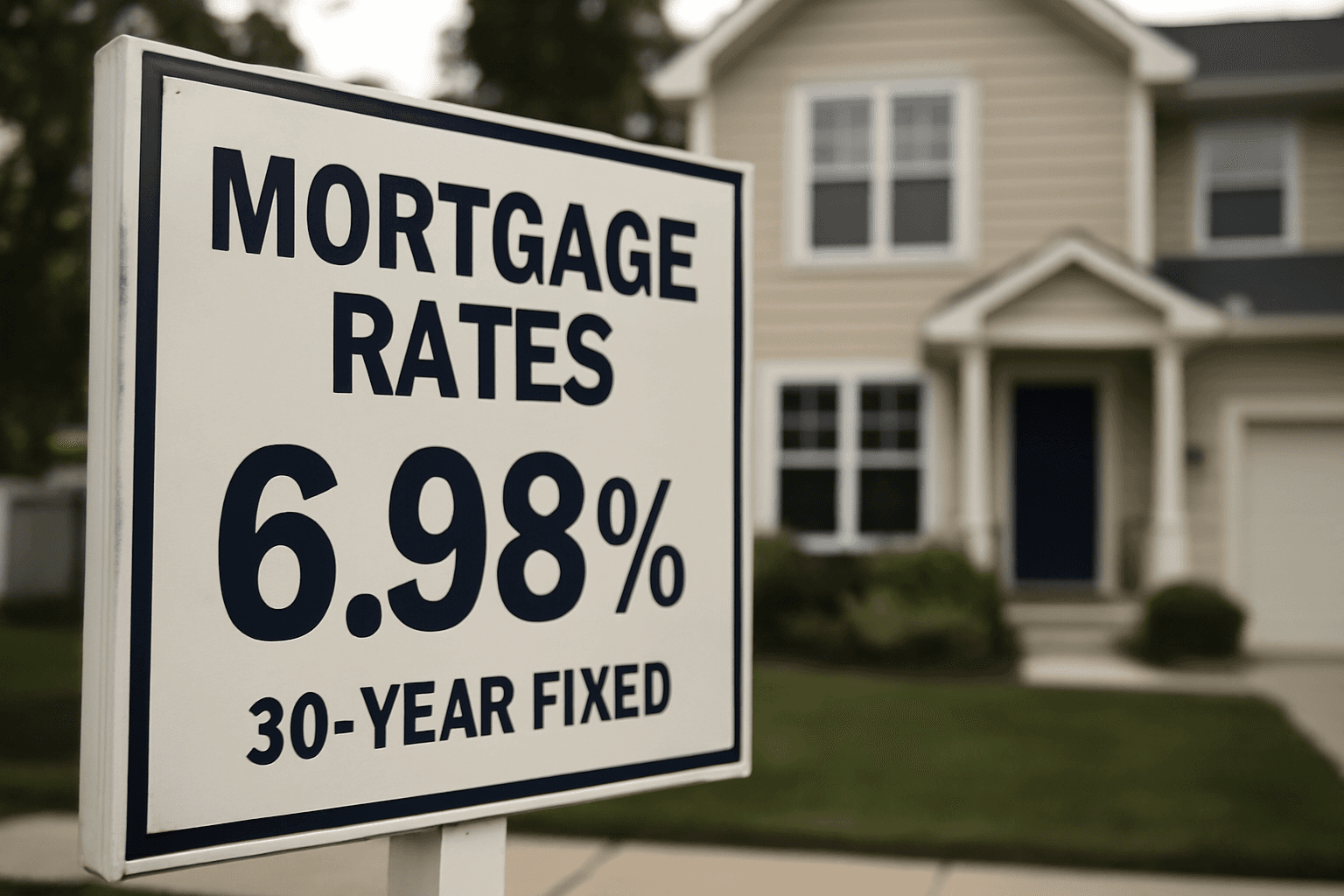Top 10 U.S. States Offering Stability in a Shifting Housing Market
In 2025, the American housing market continues to face unprecedented challenges. With mortgage rates hovering at roughly double their pre-pandemic levels and home prices soaring by about 60% since 2019, affordability has become a central concern. According to Harvard research, the median U.S. single-family home price—$412,500—is now roughly five times the median household income, a ratio that many experts describe as "shocking".
Despite this backdrop of tightening inventories and slowing sales (last year witnessed the lowest existing home sales in three decades), there remain pockets of resilience and opportunity. Some states have managed to strike a better balance between affordability, inventory, price appreciation, and market health, making them attractive for both buyers and sellers.
CNBC’s 2025 America's Top States for Business study includes a housing market health index, vital for companies scouting locations to attract talent. Here, we highlight the ten states with the most stable and balanced housing markets, considering metrics like inventory levels, effective property tax rates, price appreciation, and risk factors such as foreclosure rates.
1. Vermont: The Green Mountain State’s Housing Resilience
Leading the pack, Vermont offers a notably healthy supply of homes for sale, with listings up over 19% from a year ago. This rising inventory lends relief to buyers even as the spring buying season peaks. Sellers benefit too, enjoying one of the highest appreciation rates nationally—an impressive 8.09% increase over the last year. However, prospective homeowners should note Vermont carries among the higher effective property tax rates at 1.2%. The state's median sale price stands at $443,600, positioning it as relatively affordable compared to many high-demand markets.
2. Tennessee: Growing Strong with Robust Seller Gains
Tennessee continues to attract homebuyers and sellers alike. In 2024, sellers saw an average return of 87% above their purchase prices, signaling lucrative opportunities. The state benefits from a healthy inventory — approximately four months' worth — and one of the nation’s lowest effective property tax rates at 0.46%. Median home prices hover around $402,900, making Tennessee a compelling mix of affordability and seller profits.
3. Montana: Big Sky Country’s Housing Market at a Crossroads
Montana, a favorite of the post-pandemic Great Migration, enjoys a relatively ample housing supply with about five months of inventory. Price appreciation remains strong at 6.78%, though affordability is a major challenge here; 87% of households cannot afford the median home price of $525,700. High real estate costs contrast with the state's breathtaking natural beauty, raising important questions about balancing growth with community inclusion.
4. Nevada: Low Taxes Amid Foreclosure Concerns
Nevada’s housing market is distinctive due to its uniquely low property taxes—homebuyers inherit property valuations from previous owners, keeping tax rates low (0.48%). However, this has drawn criticism amid school funding shortfalls and rising foreclosure rates this year. Price appreciation stands at a solid 6.66%, while inventory remains moderate at four months.
5. Arizona: Booming Construction Meets Slower Seller Profits
Arizona’s exploding growth fuels a housing construction boom, ranking fourth nationwide in housing starts. This construction surge keeps inventory at a manageable four months but contributes to relatively low price appreciation of just 1.22%. Median sale prices average $451,600, but affordability remains strained, ranking 48th nationally.
6. North Carolina: Weathering Natural Disasters and Market Demand
North Carolina sees steady homebuyer demand despite last fall’s devastating floods, which damaged over 100,000 homes in the western part of the state. The housing market shows resilience—a three-month inventory and moderate price appreciation of 4.77%. Sellers benefit from decent returns, while buyers face reasonable affordability and property tax rates (0.59%). The state ranks third overall in economic strength for 2025.
7. Idaho: Rapid Growth and Tight Inventory
Idaho’s appeal to working-age adults remains strong, driving the highest national rate of housing starts. Yet, inventory stays tight at just three months despite a slight increase recently. Price appreciation is healthy at 6.52%, but affordability challenges persist, with median prices near $495,400. Rising demand underscores the need for balanced growth strategies to avoid price shocks.
8. South Dakota: Stability Amid Lower Appreciation
Known for affordability and low foreclosure rates, South Dakota boasts stable inventories and a solid affordability rank (14th). While appreciation is modest at 2.86%, sellers still earn about 54% profit over time. Property taxes are on the higher side at just under 1%, and the median sale price is $333,000, making it an accessible market for many.
9. New Hampshire: A Haven for Massachusetts Transplants
New Hampshire ranks as the third most popular destination for residents fleeing Massachusetts’ high home prices. Prices are rising steadily, and sellers saw nearly 83% returns last year—well above the national average. However, affordability remains a critical hurdle as 86% of households cannot afford the median price of $513,000. Property taxes are also substantial, ranking seventh nationally.
10. Hawaii: Luxury Market with Unique Advantages
Despite Hawaii’s median home price of $752,900—roughly 45% above the national average—the state offers a surprisingly well-balanced housing market. Inventory levels are among the best nationally, and while price appreciation has cooled, sellers often see steady long-term gains. This market’s standout perk is the country’s lowest effective property tax rate at 0.33%, easing some financial pressures on homeowners.
What This Means for Buyers and Sellers
Understanding where housing markets maintain equilibrium in the face of national challenges is key for both prospective homeowners and investors. States like Vermont and Tennessee offer a blend of price appreciation, manageable inventory, and relatively affordable taxes. Meanwhile, states grappling with soaring prices or affordability crises—like New Hampshire and Montana—highlight growing divides in regional housing access.
For policymakers and urban planners, these findings emphasize the ongoing necessity to expand inventory, control property taxes, and safeguard affordability to ensure inclusive growth amid market fluctuations.
Editor’s Note
The 2025 landscape of America’s housing markets is a tapestry of varied experiences—some states shine as bastions of stability and opportunity, while others wrestle with affordability and inventory pressures that could reshape their socioeconomic futures. As mortgage rates remain elevated and demand ebbs and flows, the balance between seller profits and buyer accessibility remains delicate. For readers, the central question is: What can local governments and communities do to nurture sustainable, equitable housing markets that serve everyone?



















